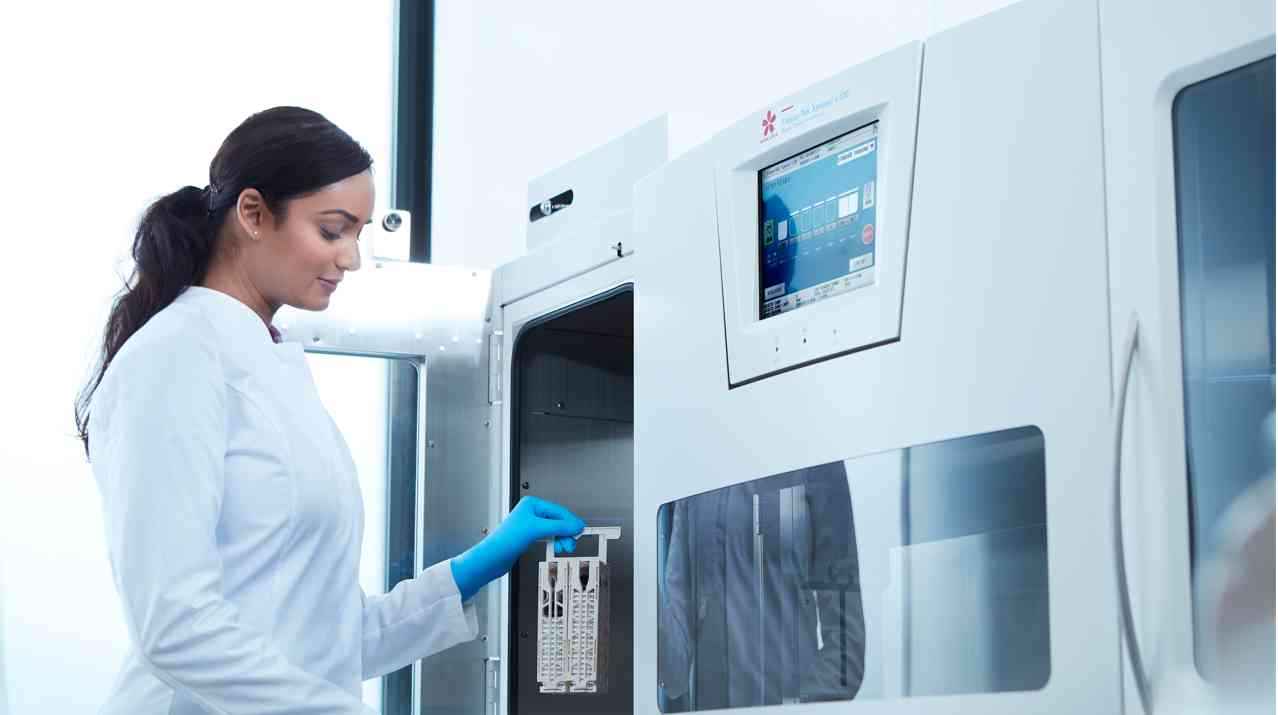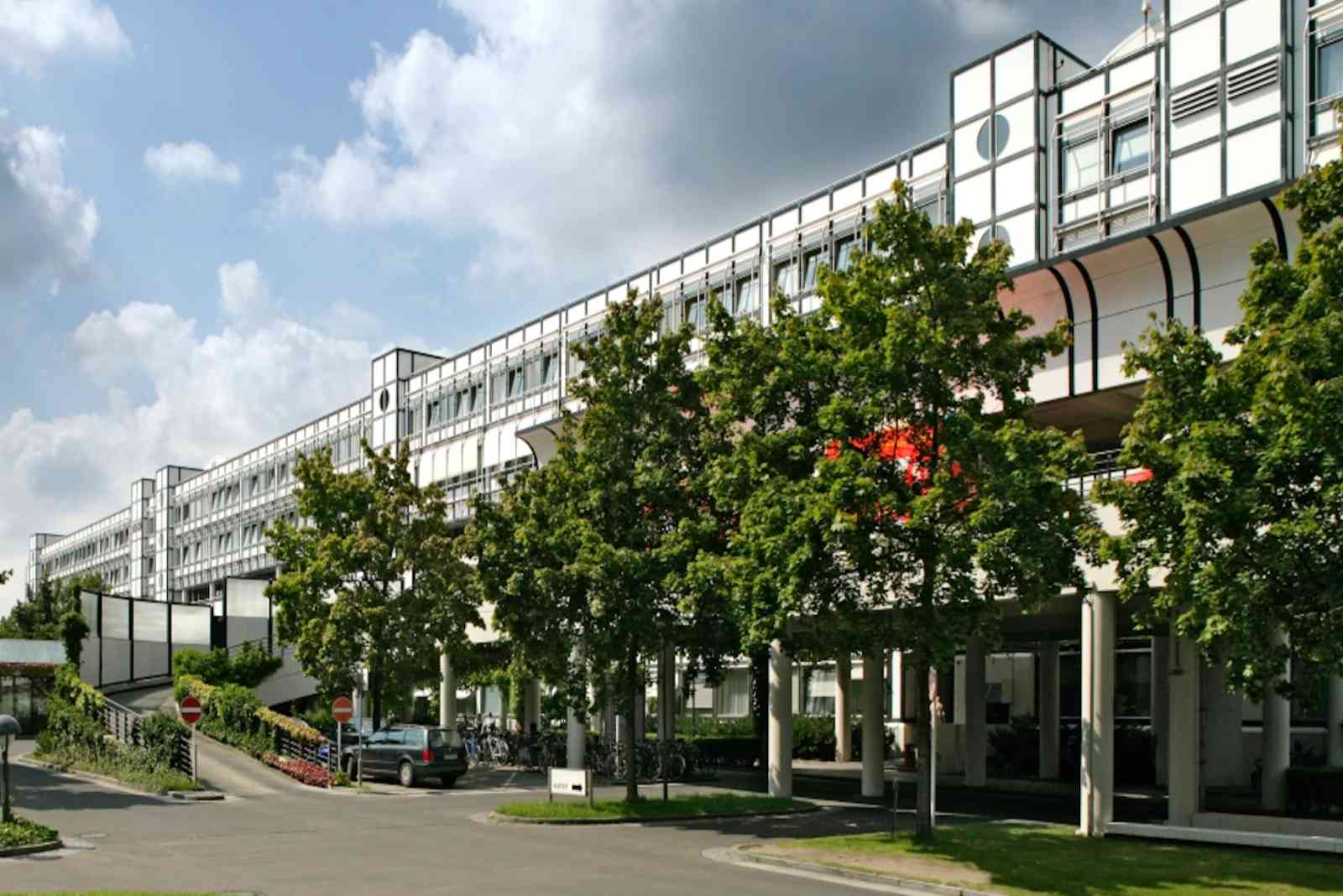Whitepaper
Proven adhesion over 15 years with Tissue-Tek® Coverslipping Film
Coverslipping in histopathology; a field study of archieved slides
Introduction
There is a high pressure on many laboratories to deliver H&E stained slides in the shortest possible time cycle to the pathologist. Sakura’s Tissue-Tek Film® Coverslipper in combination with its Tissue-Tek® Coverslipping Film, an unique resin coated plastic film, eliminates the need for cover glasses and liquid mounting media. It has been proven to be the fastest and most productive solution for many laboratories. Next to the high throughput (up to 1,080 slides per hour), the short drying time is regarded as a major advantage of the Tissue-Tek Coverslipping Film allowing faster archiving.
Pathology archives are considered essential for many reasons including: further diagnoses, audits and quality control, teaching and training, epidemiology, direct evidence in litigation, and research1. In most countries slides need to be retained for at least 10 years2. From this perspective, it is essential that archived slides remain in optimal condition over a long period of time.
Since its introduction more than 30 years ago, Sakura Finetek has constantly developed and improved their Tissue-Tek Coverslipping Film. At the time of this study, Sakura Finetek has already introduced the 4th generation of Tissue-Tek Coverslipping Film to the market that provides superior performance. Up until today, over 3 billion slides are coverslipped and archived with Tissue-Tek Coverslipping Film and remain in perfect condition for many years.
The aim of this study was to investigate the adhesive capabilities of the 4th generation of the Tissue-Tek Coverslipping Film, over a period of at least 15 years.
Materials and methods
The study was conducted by the Department of Pathology, VU University Medical Center, in the Netherlands.
Archived slides from a period of 16 years, from 1998 until 2013 coverslipped with Tissue-Tek Coverslipping Film, were reviewed. The laboratory randomly retrieved 20 patient cases from the archive for each consecutive year. Each slide was checked for its adhesive capabilities. The percentage of film attached to the slide was rated according the specifications displayed in Figure 1.
Results
The random retrieval of 20 cases for each consecutive year from the archive resulted in 157 to 532 slides per year. In total 3,705 slides, which were produced in the period of 1998 to 2013, were reviewed.
The large majority, 3,630 slides (98%), showed 100% attachment. Only 71 slides (1.9%) showed >90% attachment and 4 slides (0.1%) >70% attachment. There were no slides with 50% or less attachment.
The observed de-attachment meant a little air around the corners and/or sides with no effect negative impact on diagnosis. The cause of this detachment could also be related to handling errors like refreshment rate of xylene, drip rate, or filling level of the loading station.
From the results of this study can be concluded that Tissue-Tek Coverslipping Film has excellent adhesive capabilities over a period of at least 15 years.
Discussion
Above results indicate that slides coverslipped with Tissue-Tek Coverslipping Film remain in optimal conditions over an extensive period of time. As indicated, a proper refreshment rate of xylene, drip rate and filling level of the loading station, as well as storage conditions (as stated on the packaging), are important prerequisites to achieve above reported results.
- Nuffield Council on Bioethics, 1995. Human Tissue: Ethical And Legal Issues. Nuffield Council on Bioethics. London.
- Smith, M., Barnes, E. and Chiosea, S., 2011. Pathology Archive. American Journal of Clinical Pathology, 135(5), pp.753-759




